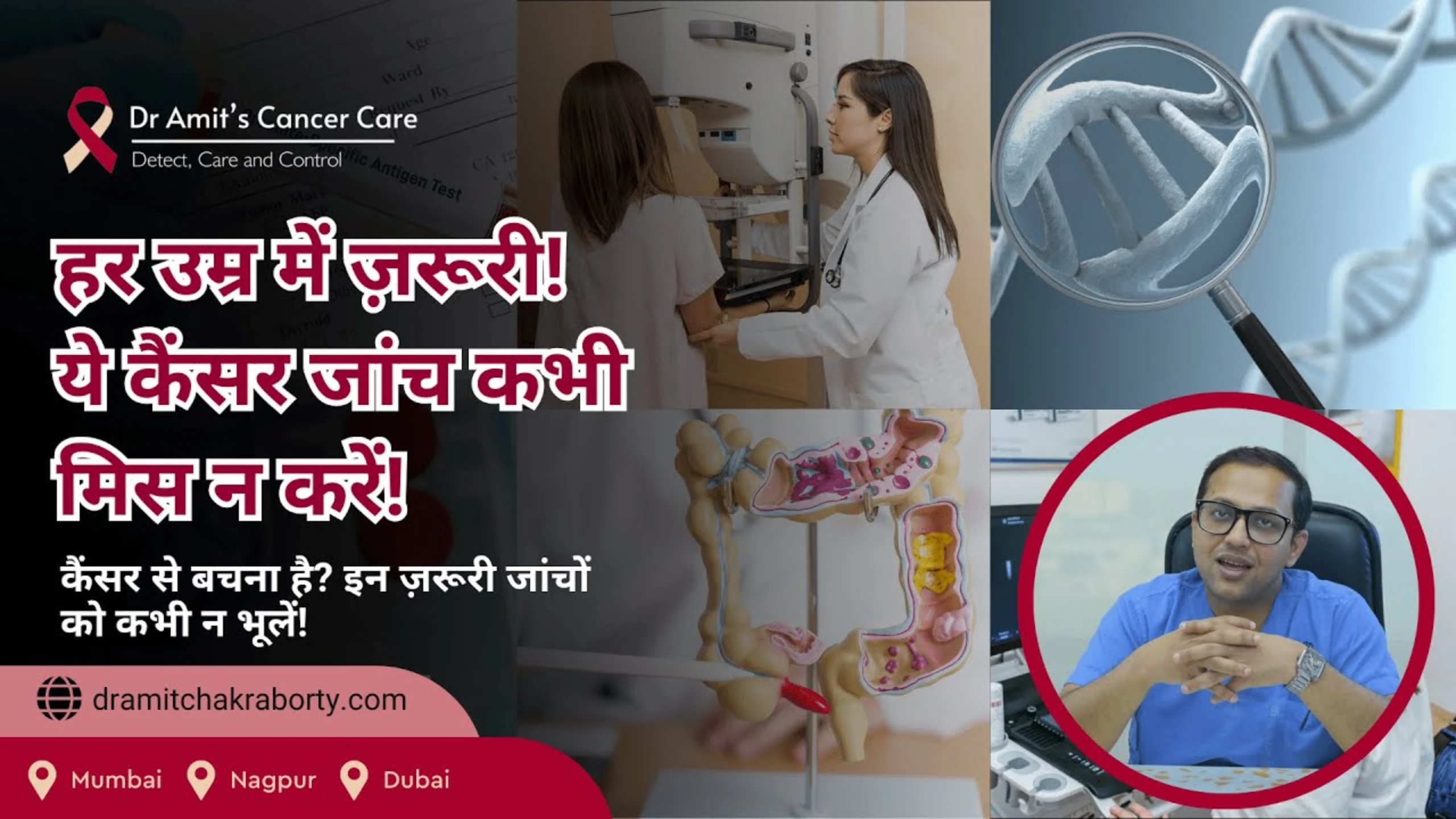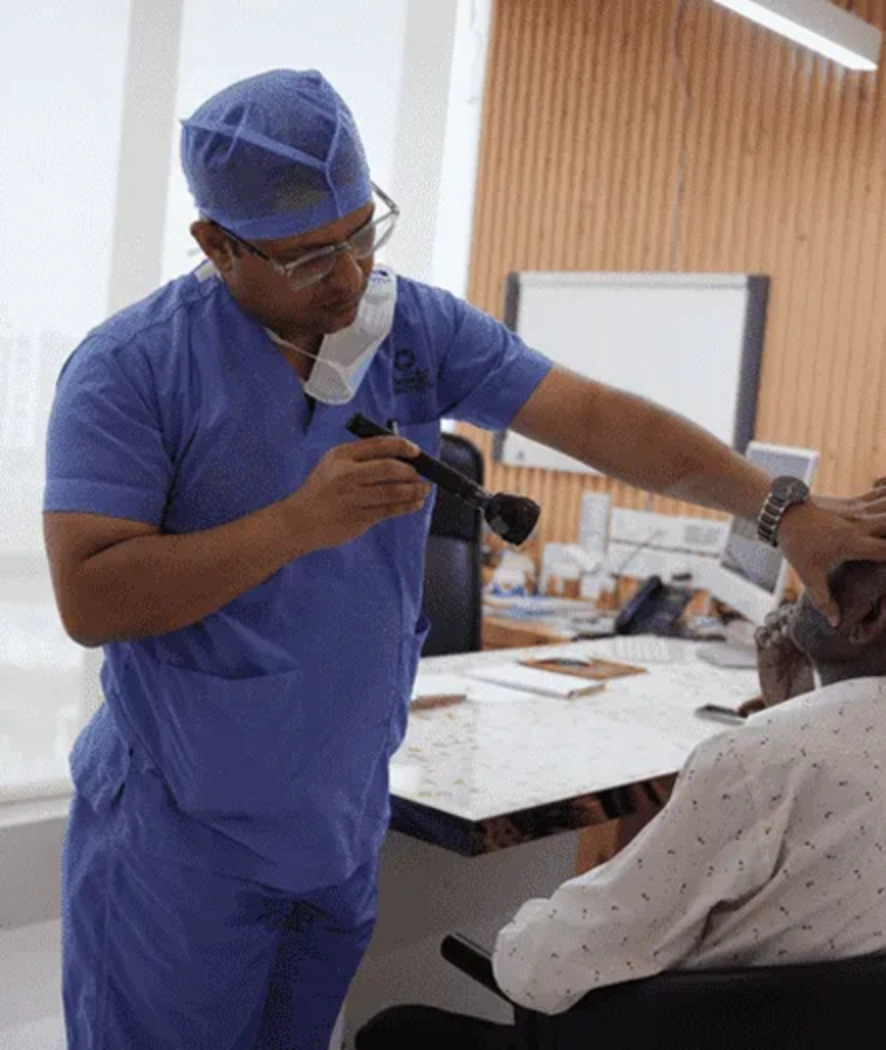Buccal Mucosa Cancer is one of the common forms of oral cancer that’s prevalent in our society. In this blog, we discuss a recent case at our hospital involving a young man with a persistent mouth ulcer. We will use this case to understand the steps taken to diagnose and treat his condition.
We aim to elucidate the procedures involved in diagnosing and treating buccal mucosa cancer. We will also help you eliminate a common misconception about biopsies and discuss the treatment options available.
So, without much adieu, let’s begin.
What is Buccal Mucosa Cancer?
Buccal mucosa cancer affects the inner lining of the cheeks. This condition can manifest as persistent ulcers, lumps, or discoloration of the mucosa. This is quite a common form of cancer in India. Some of the most common causes of Buccal Mucosa Cancer include:
- Tobacco Use: This is a leading cause. It includes smoking cigarettes, cigars, or pipes, as well as using smokeless tobacco like snuff or chewing tobacco.
- Alcohol Consumption: Regular, heavy consumption of alcohol can increase the risk of buccal mucosa cancer, especially when combined with tobacco use.
- Human Papillomavirus (HPV): Infection with certain types of HPV can cause buccal mucosa cancer. It’s a virus that can be transmitted through various forms of physical contact.
- Betel Nut Chewing: The practice of chewing betel nuts, common in some regions, has been linked to an increased risk of buccal mucosa cancer.
- Genetic Factors: In some cases, individuals may be genetically predisposed to develop buccal mucosa cancer.
- Age and Gender: Older males are more commonly affected by buccal mucosa cancer, although it can occur in anyone.
Case Introduction
Recently, we had a 31-year-old man at our hospital with a mouth ulcer that had not healed for over four weeks.
He had a complaint that the wound was not healing; it bled when he brushed, and the pain was significant during the nights. Our medical team swiftly began the necessary procedures to determine whether it was a case of cancer.
The Diagnosis Process of Buccal Mucosa Cancer
Diagnosing buccal mucosa cancer typically involves a physical examination, followed by a biopsy and a CT scan. Let’s take a quick look at each of these steps.
Physical Examination
This is the first step of the examination. Here, we examine the oral cavity to identify any visible abnormalities such as lumps or changes in color. This examination can help us pinpoint areas that may need more in-depth investigation.
Biopsy
Once we identify a suspicious area, the next step is a biopsy. We collect a small sample of tissue from the affected region for microscopic examination during this procedure. This test helps confirm the presence of cancer cells, if any. It’s a very simple and quick procedure with minimum discomfort to the patient.
CT Scan
If the biopsy results show that the cancer is present, we move on to the next step. We perform a CT scan to assess the spread of the disease. This scan gives detailed images of the body’s internal structures. It also helps us understand if the cancer has spread to other areas, like the lymph nodes.
Now, before we move forward, it’s important to debunk a widespread myth about biopsies.
Biopsy and Cancer Spread: Debunking a Myth
It is a common belief that a biopsy can cause cancer to spread. This is not the case. A biopsy is a safe method to confirm a cancer diagnosis and understand its stage. It’s performed with utmost precision to prevent any spread of the cancer.
In this case, the biopsy showed the patient had moderately differentiated squamous cell carcinoma, a type of cancer found in the mouth.
Treatment Options
Upon diagnosis, the focus shifts to determining the best course of treatment. Buccal mucosa cancer treatments may involve surgery, chemotherapy, or radiation therapy, depending on the stage of the disease.
Surgery
In situations where the cancer has spread to nearby structures or lymph nodes, surgery is recommended. It involves removing the tumor and possibly some of the surrounding tissues. For our patient, surgery was advised due to the cancer’s spread to the lymph nodes.
Chemotherapy
Chemotherapy is a treatment involving drugs that target and kill cancer cells. It is generally used in advanced stages or to shrink the tumor before surgery.
Radiation Therapy
Radiation therapy uses high-energy rays to kill cancer cells. It can be used as a standalone treatment or in combination with other treatments to prevent the tumor from growing or recurring.
Conclusion
Navigating through buccal mucosa cancer can be challenging, but with the correct information and medical guidance, it becomes a manageable task. Early detection can play a significant role in the successful treatment of this disease.
If you notice persistent issues with your oral health, please consult a buccal mucosa cancer surgeon in Mumbai without delay. Early detection can potentially save lives. Stay tuned to our blog for more information on various medical topics. Prioritize your health and stay safe.
For any further information, feel free to reach out. Our experts are always here to help.






